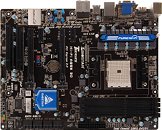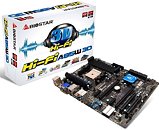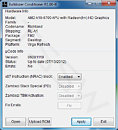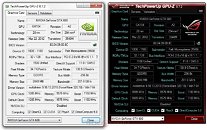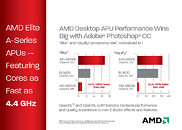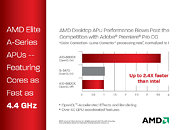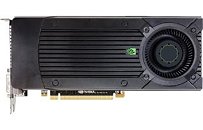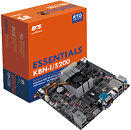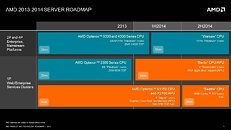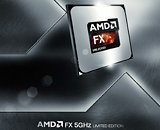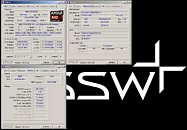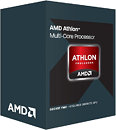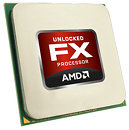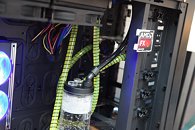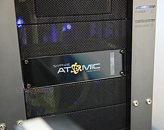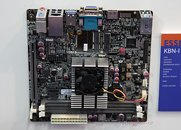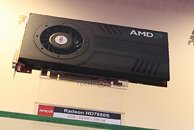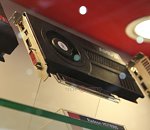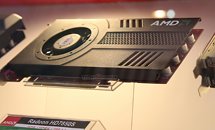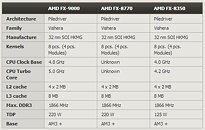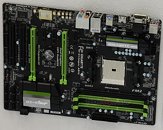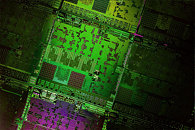
BIOSTAR Announces Hi-Fi A85W 3D Socket FM2 Motherboard
BIOSTAR, maker of embedded/IPC solutions, graphics cards, and motherboards, has introduced their latest motherboard that supports AMD's FM2 APU family (Trinity / Richland), the Hi-Fi A85W 3D. It comes with BIOSTAR's own in-house audio technology called "Hi-Fi 3D".
The Hi-Fi A85W 3D is an ATX form factor board that features AMD socket FM2 APU support and 4 DDR3 memory slots. It includes the usual high-end motherboard features like USB 3.0, HDMI and PCI-E slots. Additional utilities from BIOSTAR including: Watch Dog, BIO-Relife, BIO-Flasher, e-Hotline, BIO-Watch, T-Overclocker, GPU (Green power uitlity), and Smart Speed LAN.
The Hi-Fi A85W 3D is an ATX form factor board that features AMD socket FM2 APU support and 4 DDR3 memory slots. It includes the usual high-end motherboard features like USB 3.0, HDMI and PCI-E slots. Additional utilities from BIOSTAR including: Watch Dog, BIO-Relife, BIO-Flasher, e-Hotline, BIO-Watch, T-Overclocker, GPU (Green power uitlity), and Smart Speed LAN.
